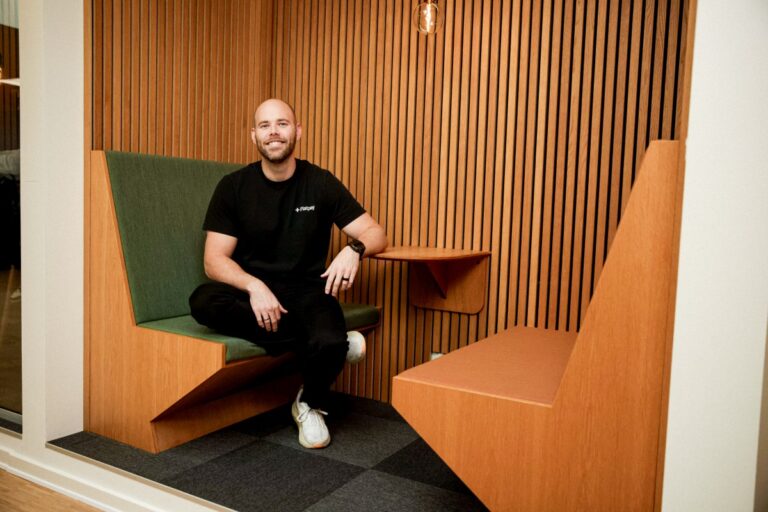Flatpay Becomes a Fintech Unicorn, Empowering SMEs with Simplified Payment Solutions
Flatpay, a Danish startup revolutionizing card payments for small and medium enterprises (SMEs), has officially joined the elite group of European fintech unicorns, reaching a valuation of over €1.5 billion ($1.75 billion). This milestone places Flatpay among notable competitors like Adyen, a well-established player in payment processing. With its recent funding, Flatpay is now positioned to close the gap between itself and these industry giants.
A Unique Approach to Payment Processing
The core of Flatpay’s strategy involves offering small merchants a flat transaction fee to utilize its point-of-sale systems and card terminals. This approach directly targets SMEs, which constitute an impressive 99% of European businesses. The company has made significant strides, boasting a customer base that has skyrocketed from 7,000 in April 2024 to around 60,000 today.
Rapid Growth and Ambitious Goals
Flatpay’s valuation has also seen rapid increases, marking significant growth in just three years since its inception. CEO and co-founder Sander Janca-Jensen expresses pride in achieving unicorn status but emphasizes the importance of annual recurring revenue (ARR), which surpassed €100 million (approximately $116 million) last October. He projects an ambitious 300% growth, aiming for €400 million to €500 million in ARR by 2026.
Funding for Future Expansion
To support this aggressive growth plan, Flatpay secured €145 million (around $169 million) in its latest funding round, backed by notable investors such as AVP Growth, Smash Capital, and Dawn Capital. This financial boost will enable Flatpay to strengthen its presence in existing markets—Denmark, Finland, France, Germany, Italy, and the UK—while also venturing into one or two new markets in 2024, with job postings hinting at the Netherlands as a potential target.
Growing Workforce and Customer-Centric Approach
With a current workforce of 1,500 “flatpayers,” Flatpay plans to double its employee count by the end of next year. The company believes in aligning workforce growth with revenue objectives, aiming for a tenfold increase by 2029. Their personal approach to customer interactions involves face-to-face engagements, which Janca-Jensen describes as crucial. He stated, “This is where we walk through the door,” illustrating how the company prioritizes hands-on demonstrations and transparent pricing.
Winning Market Share Through Human Interaction
Flatpay’s strategy is designed to appeal to SMB owners who seek cost-effective and straightforward solutions to their payment processing needs. By delivering an exceptional customer experience and ongoing support, the startup aims to differentiate itself from traditional and emerging competitors such as PayPal, Stripe, and SumUp. This human-centered approach aligns well with the growing demand for personal interactions in an increasingly digital world.
Future Innovations: Integrating AI and Expanding Services
While Flatpay embraces a human-centric model, it is also exploring artificial intelligence applications to enhance its service offerings. The company is experimenting with AI-driven voice agents and plans to expand its fintech suite to include banking services alongside its existing payment solutions. According to Janca-Jensen, the goal is to introduce these innovations gradually, allowing SMB owners to adapt without feeling overwhelmed.
As Flatpay continues to grow, it is making significant strides in shaping the future of payment solutions for SMEs, making payments easier, faster, and more accessible for businesses across Europe.

